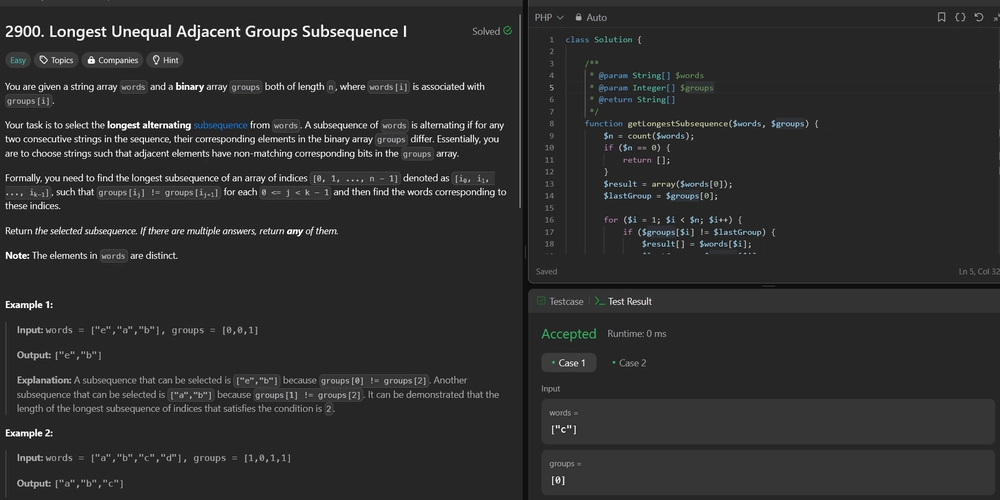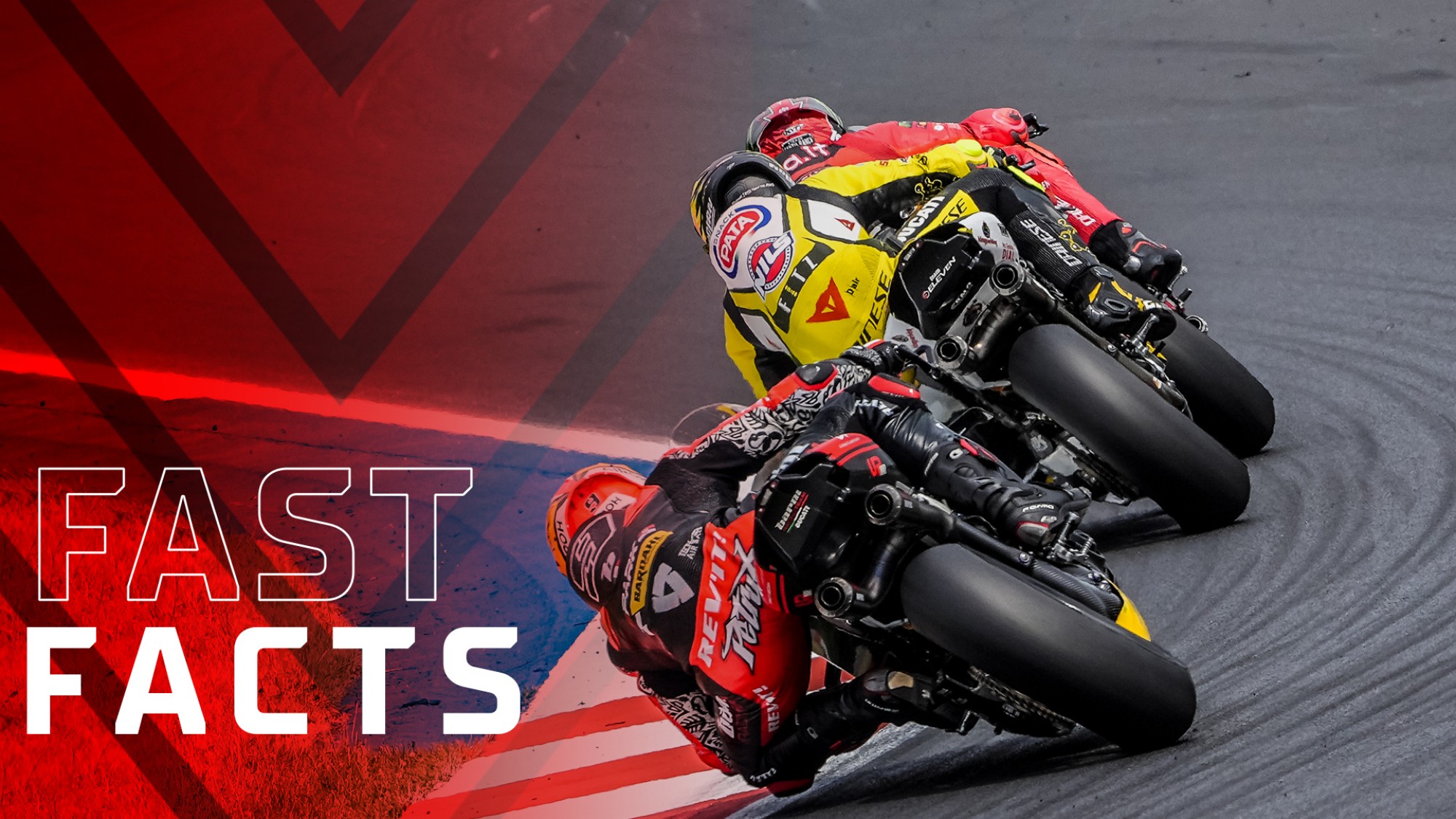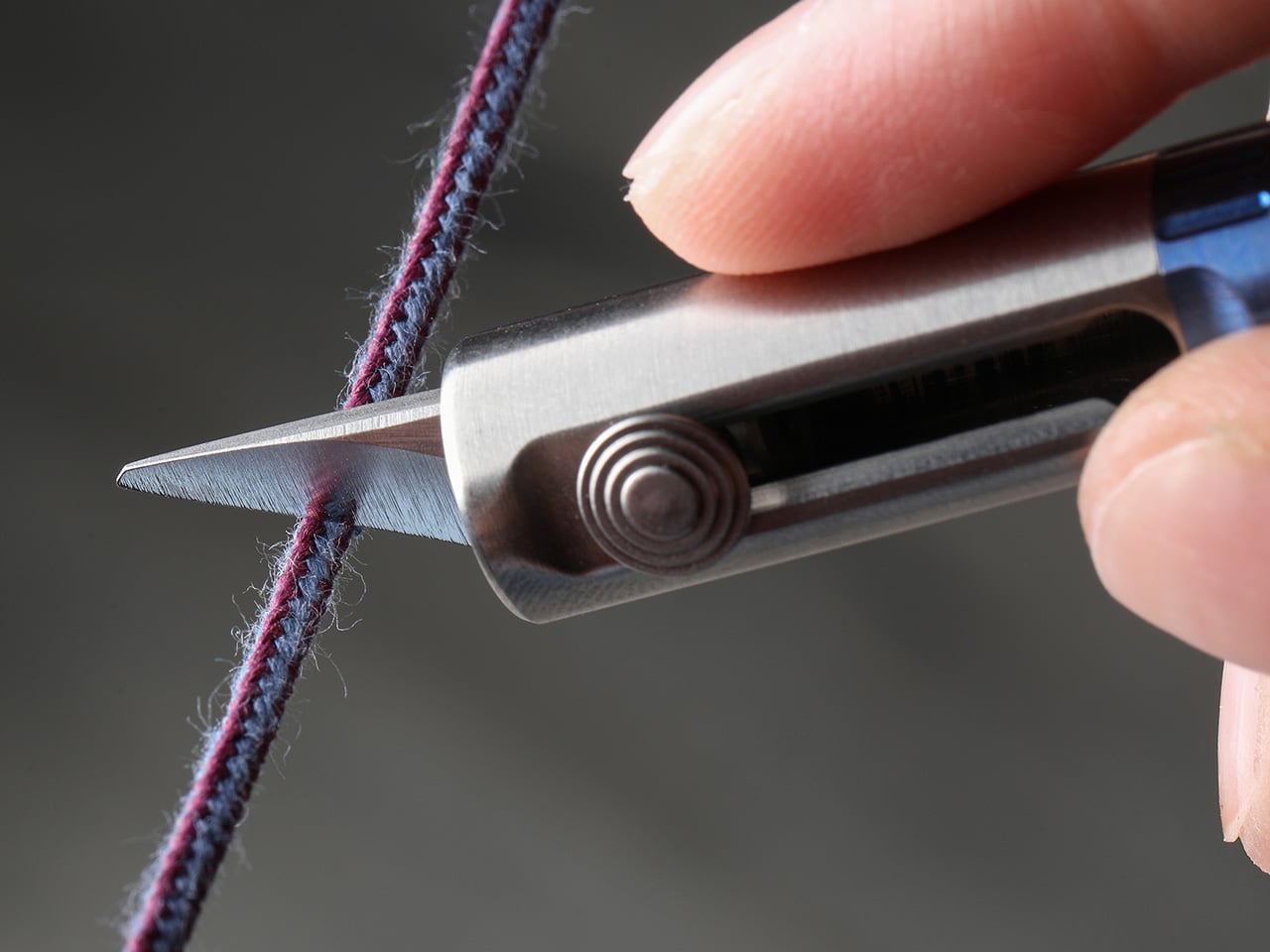Ice Tilt: How Florida has taken it to Toronto in first periods
In his latest article examining play with Ice Tilt, Justin Bourne writes about how the Florida Panthers have largely taken their second round series to the Maple Leafs, and how Toronto can counter.

There was a point in the first round where fans of the trailing Ottawa Senators were pointing to some underlying “deserve-to-win-o-meter” type stats like shot attempts and, yes, Ice Tilt, but those raw totals belied the truth. Every time the game was close the Leafs hit the gas and pulled away, then went back into a shell and let the Sens pummel pucks into shins from the outside.
The Leafs won some close games, but it never seemed overly close. The point here is, you get the best sense for who the better team is when the score is close, which typically means that the first (and usually second) period most accurately reflects true team abilities. At that time there are fewer score effects at play, where teams play to the scoreboard.
Now, the Leafs are not a puck possession team, full stop. None of what they claim to try to do is about winning offensive zone time, as they dump a lot of pucks in, they score on quick strikes when they can, and more than anything, they’re fine being in their own end provided they can keep the play to the outside and shots away from the slot.
-

-
Watch the Stanley Cup Playoffs on Sportsnet
The NHL’s best are battling for the right to hoist the Stanley Cup. Watch every game of the Stanley Cup Playoffs on Sportsnet and Sportsnet+.
But it’s never good to just live in your own end, because the more time you spend there, the more opportunity there is for randomness and “bad luck” to fall your way. You’re always at risk of a goal against. As they say, if you hang out at a barbershop long enough, eventually you’re going to get a haircut.
Even knowing what the Leafs’ game plan is, they should be plenty worried about how exposed they’ve been to a metaphorical haircut against Florida. Save for Game 2, the Panthers have kicked Toronto’s teeth in when it comes to Time with Tilt.
As a very quick reminder, Ice Tilt uses the chips in the players’ sweaters to pinpoint where, by location, the bulk of the play has taken place.
Let’s get to it.
First, let me note, Tilting the Ice is something the Panthers do well. They’ve been to consecutive Stanley Cup Finals, winning eight of their past night playoff series. The Leafs have their hands full.
Of all the games in the second round so far, Florida has three of the six highest “Tilt” totals, as in, time with the majority of the bodies on the offensive side of the red line.
To have Time with Tilt over 41 minutes is pretty insane. But what you should notice is that the game in which Florida had 41-plus minutes of tilt…they lost. That’s partially score effects, in that the Leafs went up early and tried to just hold on until the end while the Panthers took it to them.
Game 2 aside, where the Leafs had a tremendous start before packing it in, the formula for Florida has been to be the better team out of the gate. In three of the four games so far, the Panthers have owned the first period. Of all the first periods played in the playoffs to date, nobody has controlled the play like Florida did in Game 4 versus the Leafs where they had the Ice Tilt for a nearly impossible 18-plus minutes:
It’s worth noting that Ice Tilt utilizes all strengths, as we’re just trying to represent where the play was all period, and the Leafs took four penalties in Game 4. That’s certainly part of the reason why it was so lopsided.
You can see the first period impact the power plays had here (shown in red), as the Panthers steadily pushed deep into the Leafs end:
Now then, let’s look at all the games to date, so you can see the impact those first periods have had on the overall totals:
What’s funny is, the best period the Leafs have played in this series was (by a good distance in my opinion) the first period of Game 2. They came out expecting Florida’s best punch, so they brought the physicality and just poured it on. It worked.
In Game 4, I was shocked at how passive the Leafs were when the puck dropped. I wrote about this in my Monday article, but here’s a clip of them winning the opening draw. Watching Mitch Marner’s feet – as he’s swung back to gain speed for a forecheck – he barely takes a stride in the neutral zone, and gets in on the retrieving defender too late. Then watch Auston Matthews, who’s skating backwards as the puck gets dumped in, maybe because he was trying to be positional rather than getting in and getting after it. He ends up sort of passive and late closing off the wall.
The bodies were on Florida’s half for a blink, before they started coming back the other way, and that’s just about all the time the Leafs would spend not on their own half of centre ice that whole frame.
The good news for the Leafs is that the answers are simple: there are no clever ways through this Panthers team, or through this series. There is zero chance they’re at a whiteboard with Craig Berube drawing up some cute plays to suddenly become a possession team that gets a pile of uncontested chances. That’s not an option here.
They’re going to have to go right at Florida, they’re going to have to hit them, and they’re going to have to stand at the net in the blue paint hoping to find tips and rebounds. They’re going to have to play in Florida’s end, with true, old-fashioned, playoff hockey.
The Panthers have been great at holding on to pucks in the offensive zone and firing them when they can, which led to at least two “lucky” goals in Game 3, and arguably three.
If the Leafs want to be the team on the right end of the “luck” in Game 5, it starts with having a better first period, which will come from more direct, physical play. That should lead to increased time outside their own zone, more Ice Tilt in their favour, and a much stronger chance at securing the next available win in Toronto on Wednesday night.





















































































